1978 London to Brighton Road Run
Posted by Chris Graham on 30th August 2021
Peter Esposito takes a nostalgic look back at the variety of interesting vehicles that took part in the 1978 London to Brighton Road Run.
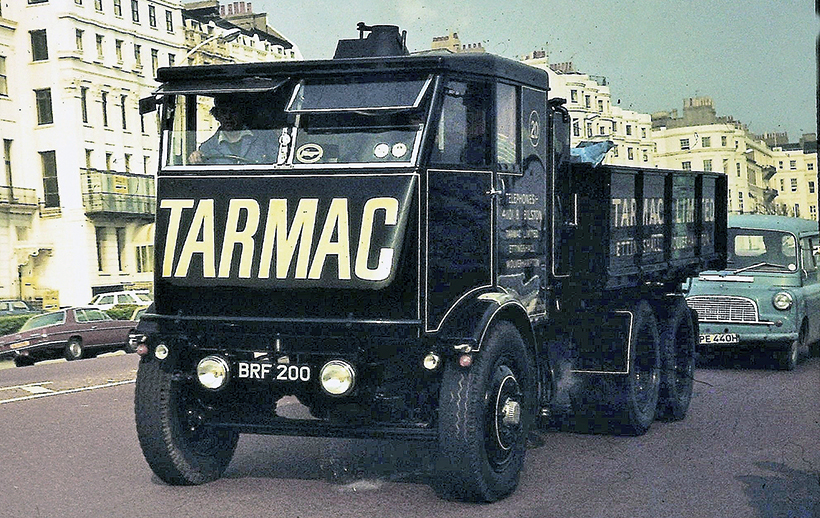
1978 London to Brighton Road Run: Sentinel S6, BRF 200, of 1933 was the first six-wheeled S model, and was used for carrying roadstone in the Midlands. It was last used in 1956, proving very useful during the Suez fuel shortage and is seen here in its original specification. I hope the battered Bedford CA van following was preserved, and is now tucked up safely in a barn somewhere.
To help in these strange times of limited transport events and classic vehicle rallies, Vintage Roadscene magazine has been reminding readers of happier times with occasional articles about past gatherings. Although disappointing for spectators, deprived of a calendar of transport shows, it must be far harder for the owners of historic vehicles that are languishing in sheds and garages around the country.
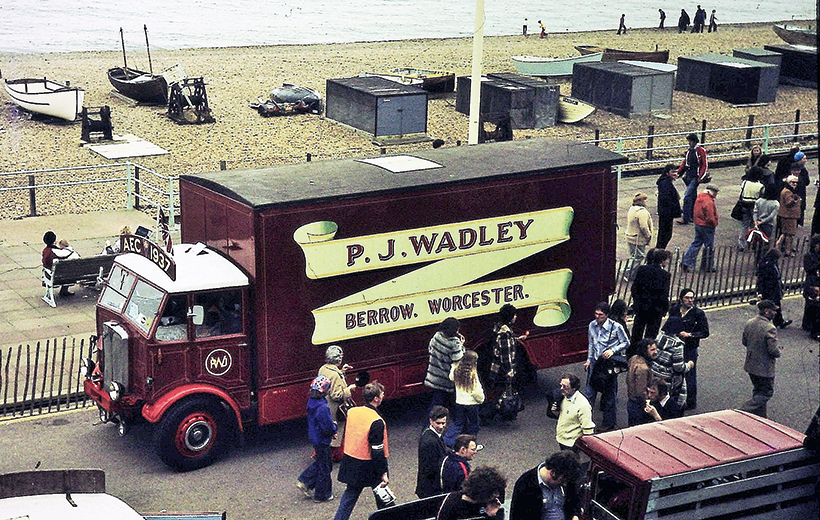
This AEC Matador MkII, ARV 143, of 1937 was used up to 1950 on long-distance delivery haulage, being converted to a showman’s van until 1964, then into preservation.
These vehicles need regular outings to help keep them in fine fettle, as do their owners. It’s not just the lack of enjoyment by spectators, but the financial hardship being experienced by specialised vehicle restorers, showgrounds, museums and the lack of spending in hospitality. We can only hope that things will return to some kind of normality soon, and we’re certainly looking forward to the return of regular transport shows and running days which have been sorely missed by all concerned.
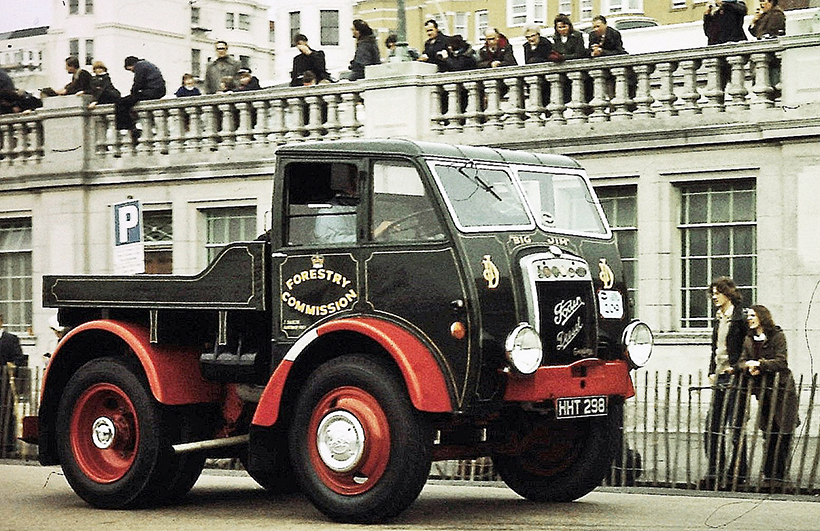
Foden STG5 timber tractor, HHT 298, of 1941 was fitted with a 50-ton capacity winch and a solid, un-sprung front axle. It worked until 1964.
I recently came across some of my colour transparencies taken in 1978 on Madeira Drive, at the end of the annual London to Brighton Road Run. Wonderful weather and appreciative crowds made it a memorable day, with no traffic gridlock or part closure on the London to Brighton railway line, as happened in 2018!
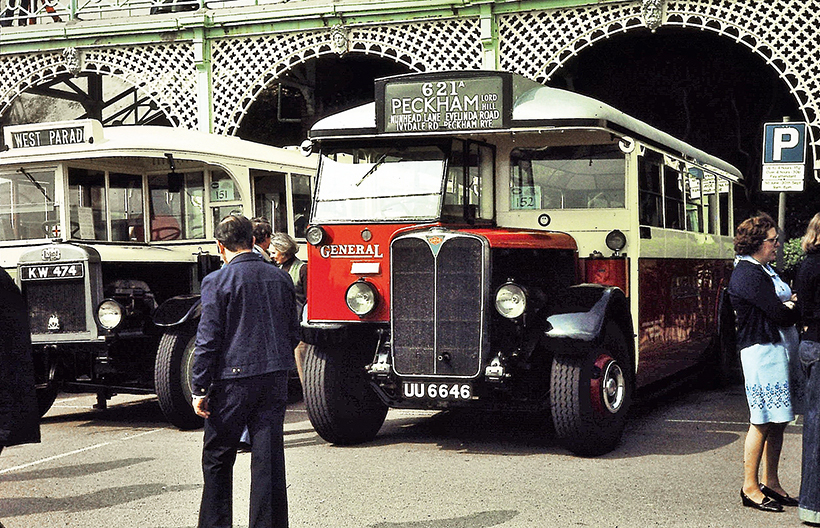
AEC Regal 1, UU 6646, of 1929 entered service with the London General Omnibus Co, and was one of the earliest of this class of vehicle. This was the first privately owned London bus in 1956, which started the PSV preservation movement.
That year saw the ‘perfect storm’, the coming together of a Bank Holiday, hot weather, the HCVS run and railway engineering work, making a normal two-and-a-half-hour journey by public transport balloon into a five-hour endurance test. The tiresome journey was made even more of a pantomime when the rail replacement bus service, on which I found myself, managed to get lost trying to leave Gatwick Airport, and eventually came to a halt at the long stay car park. Polite instructions from passengers were needed to find a route to the A23!
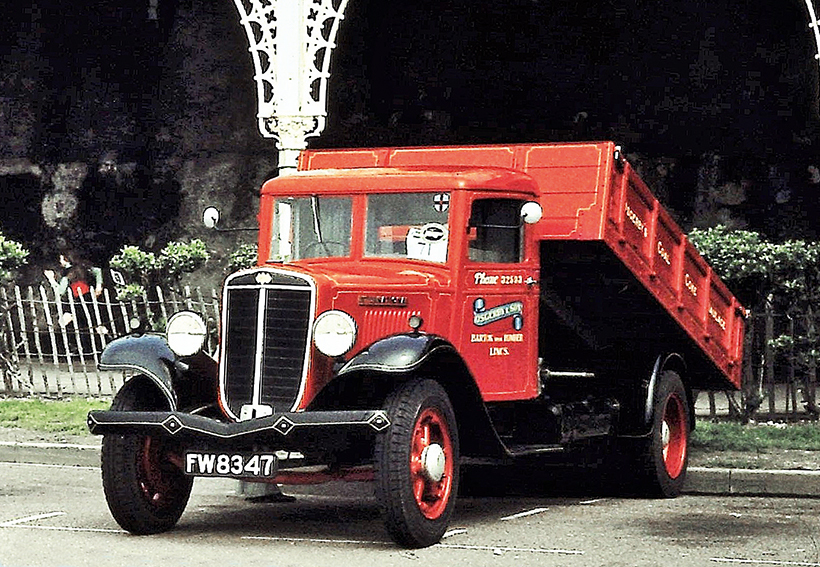
This International C30 tipping truck of 1936, FW 8347, had an American chassis, popular in the 1930s, fitted with a UK body, incorporating Clayton, hand-operated tipping gear. The lorry was used for all its working life with a Lincolnshire farmer.
Although there were large crowds on Madeira Drive to view the finish of the 1978 run, I managed to find an excellent vantage point on the Terrace, giving me the opportunity to capture many photographs of the assembled entrants, a selection of which are included here. After so long, I can’t comment on how many of these wonderful exhibits are still with us, but I hope the majority have evaded the breakers torch and are still active on the preservation scene.
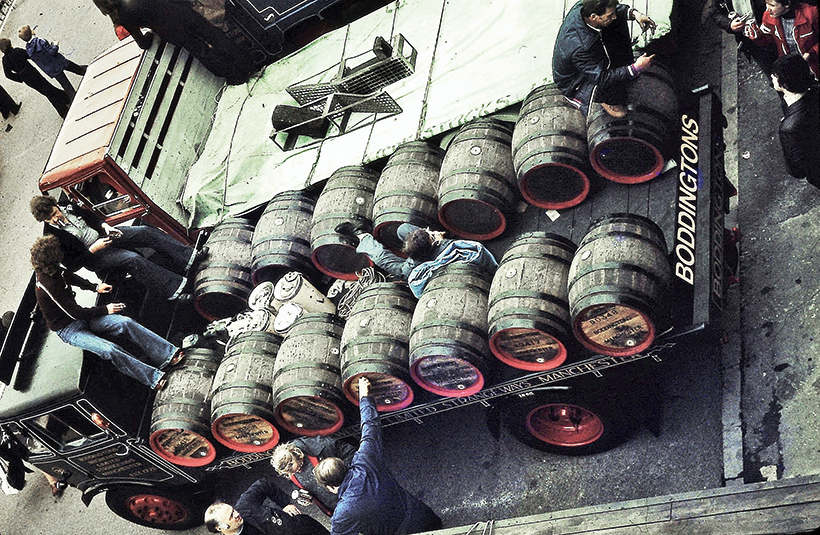
An Albion SPKL 127, CDE 840, new with a van body, which was shortly afterwards replaced with a platform type. Entering service in 1938 and not retiring until 1960, the then current owner, a Redhill contractor, sold it to an enthusiast for restoration. It was preserved in 1978 as a brewery dray, in the colours of Boddingtons of Manchester.
The 1970s have often been described as the decade that fashion forgot, and I leave that to the reader to decide. Flared trousers anyone?
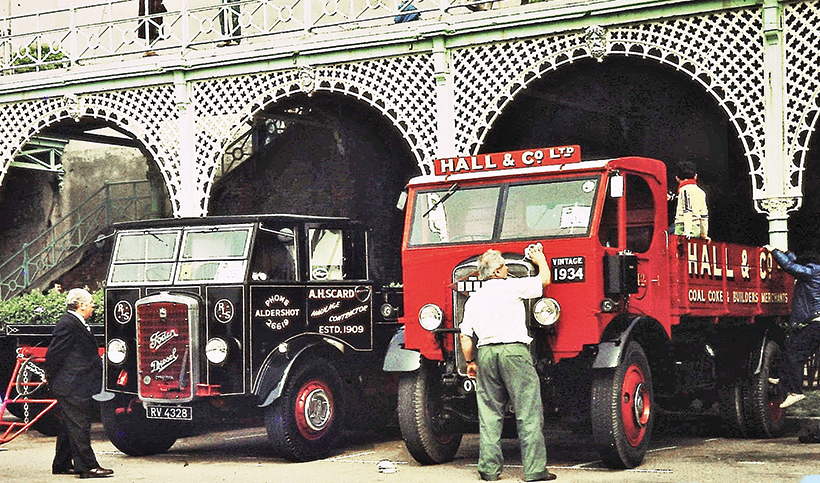
AEC Matador, OY 9542, of 1934 was new to Hall & Co. This was an early diesel engine version, which worked until 1952 and was restored in 1968. Foden, RV 4328, was an S4 dropside of 1933. This early diesel incorporated many parts from the steamer model that it was replacing. Originally a brewer’s dray, this was saved for preservation after being found on a scrap heap, in 1970.
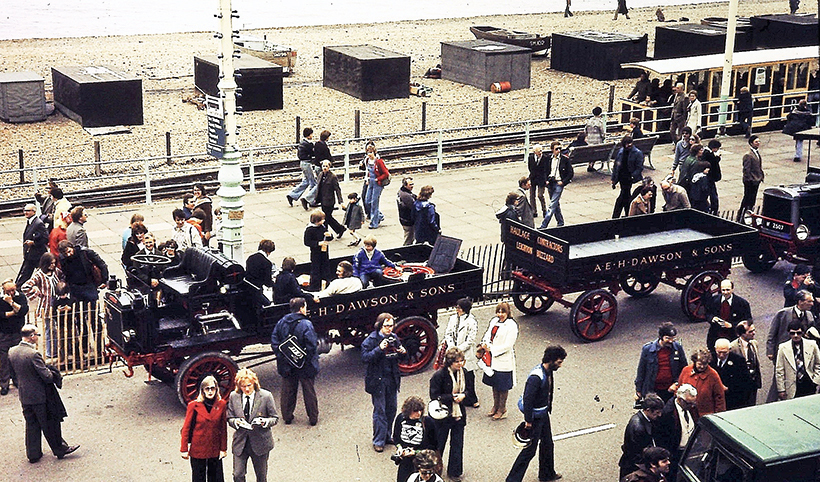
An FWD B Type, AB 8291, and trailer of 1914. A robust design which served in World War I and demonstrated the successful application of four-wheel-drive. This vehicle appeared in the film, Oh What A Lovely War.
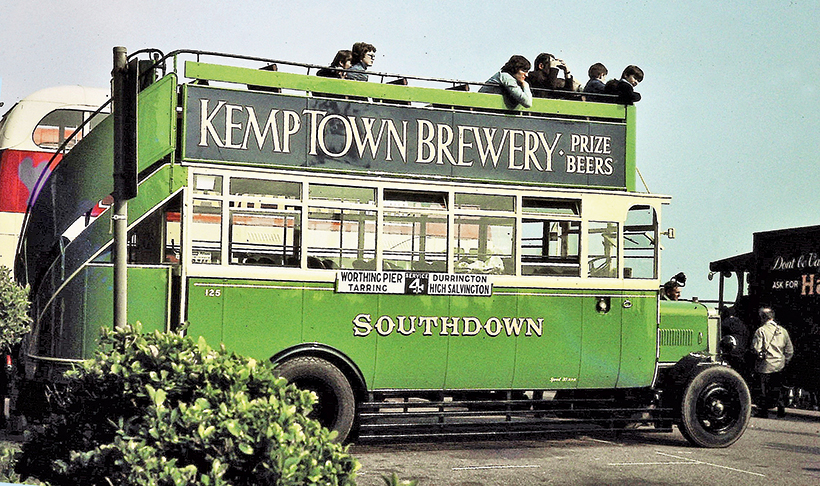
Leyland N type, CD 5125, entered service with Southdown in Worthing. The 1920 chassis was originally fitted with a charabanc body but, in 1928, a new double-deck, 51-seat body by Shorts of Rochester was fitted. In 1935, it was sold, becoming the basis of a house, including a tiled roof. This probably conserved the wooden body, and the bus was rescued by preservationists and put back into its 1928 condition.
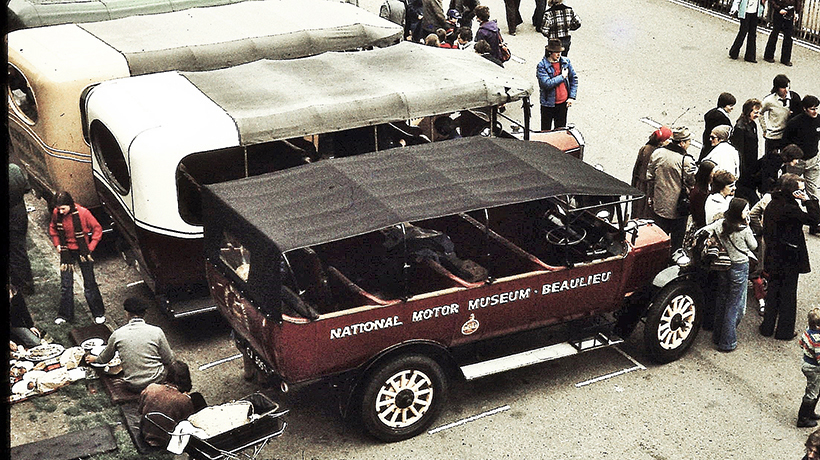
This Maxwell 14-seat charabanc, CJ 5052, dating from 1922, was retired from service in 1929, and stored in a garage until 1962. Although only in service for seven years, the charabanc-type was classed as obsolete in the final years of the 1920s, being supplanted by completely enclosed coaches, allowing far more comfortable seating for passengers. This vehicle is now in the care of the National Motor Museum, Beaulieu, in Hampshire.
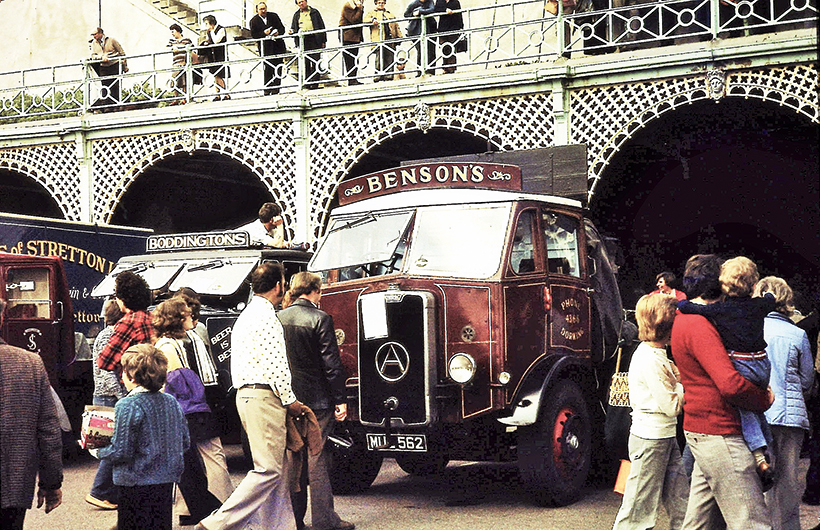
Atkinson, MUL 562, of 1952, after retiring from its original use of general haulage, was taken into a second period of work on southern area fairgrounds. Atkinsons of this era are thin on the ground, so it’s good to see such a fine example.
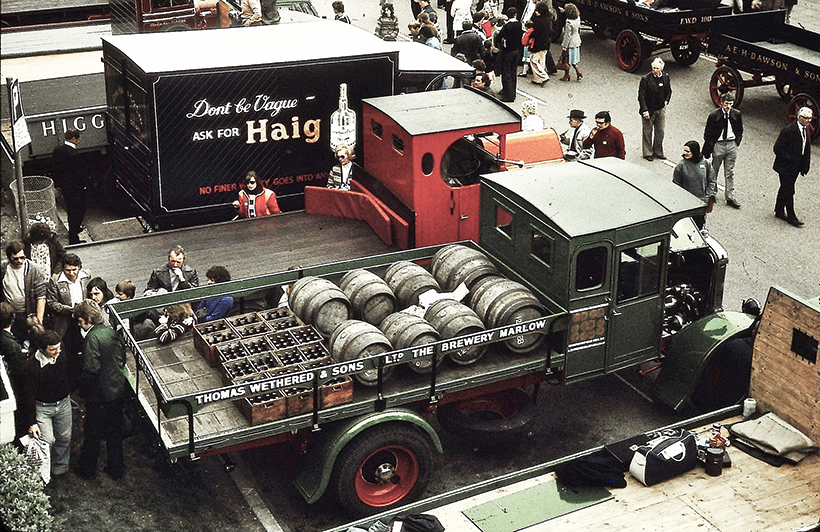
Thornycroft, BH 521, a 1919 ‘J’ Type brewer’s dray, in the livery of Thomas Wethered & Sons of The Brewery, Marlow, had a long working life, and didn’t come out of service until 1946. The ‘J’ was another lorry that proved its robust construction and reliability during World War I.
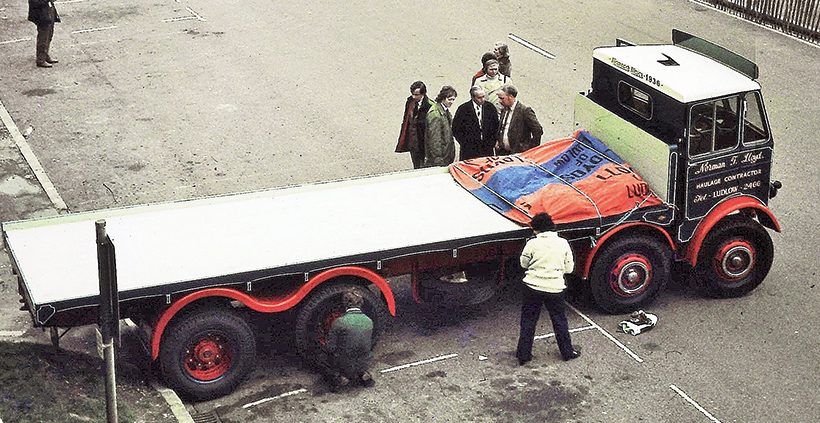
AEC Mammoth Major 8 dropside, EMP 164, of 1936, remained in frontline service until 1963, and was restored during 1977-78. This was its first Brighton Run.
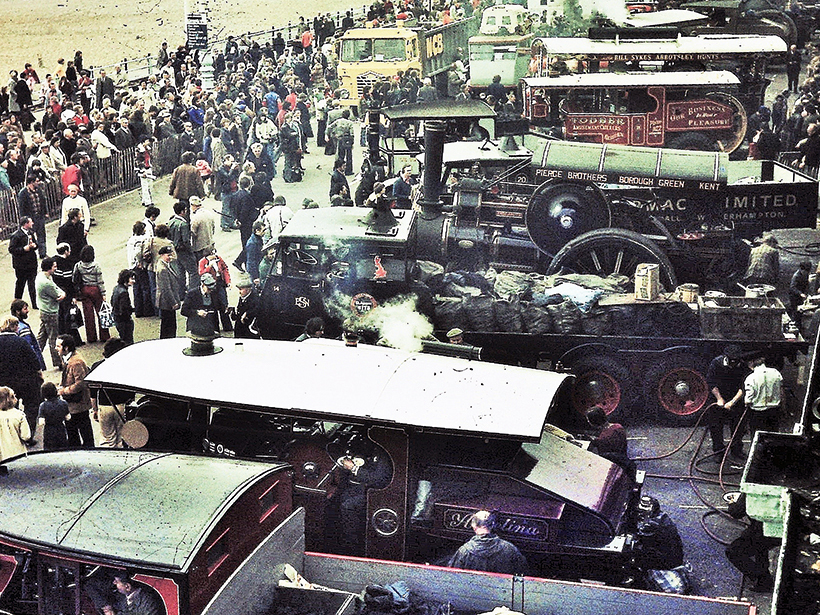
A general view of Madeira Drive with a large selection of steamers in evidence; always a favourite with the crowds. Notice the S83 Foden of the NCB, itself now a participant on the run.
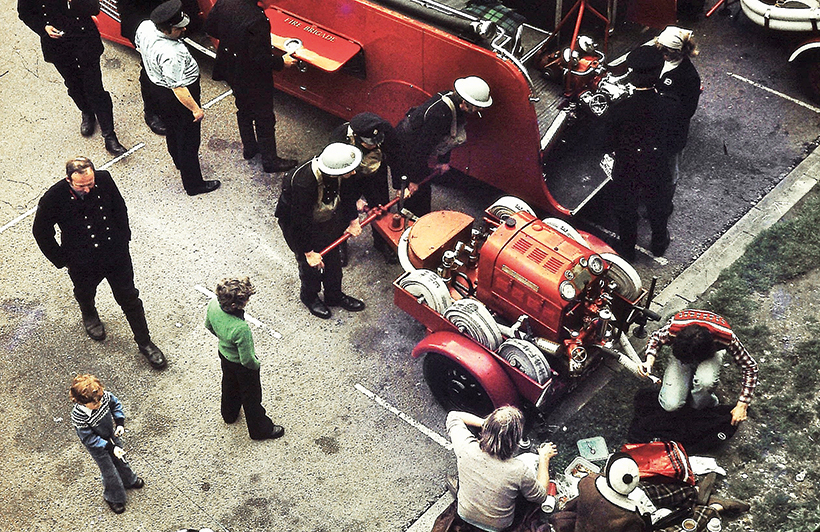
Austin K2 of 1942, towing a pump believed to be a Dennis 400-gallons-per-minute-type, being demonstrated by the crew. When built, many of these small tenders were in the grey livery (if you could call it a livery) of the National Fire Service. In the post-war era, many were sold off to private companies to serve in factory complexes.
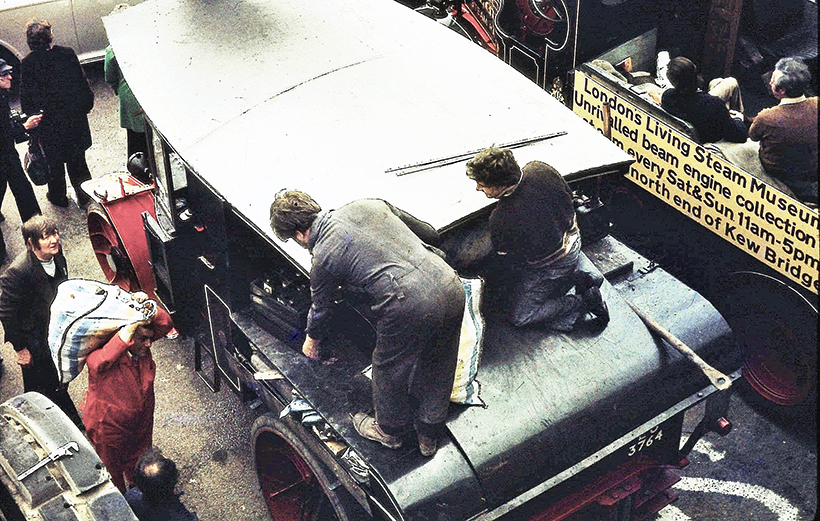
Fuelling-up after a long run down to the coast – dirty job which would soon disappear with the coming of the diesel.
For a money-saving subscription to Vintage Roadscene magazine, simply click here





